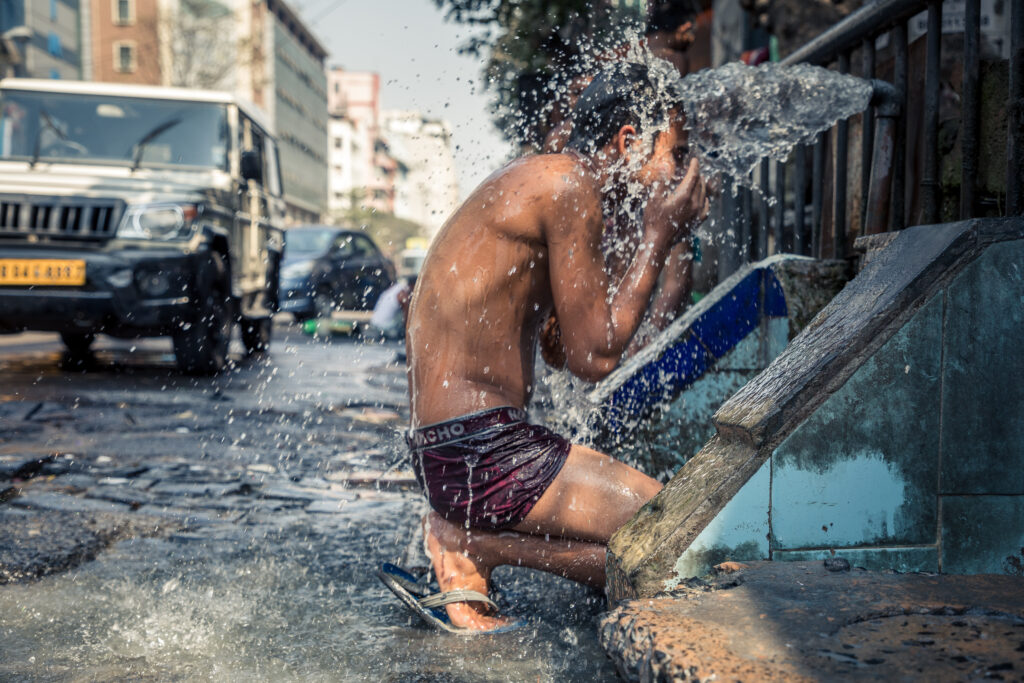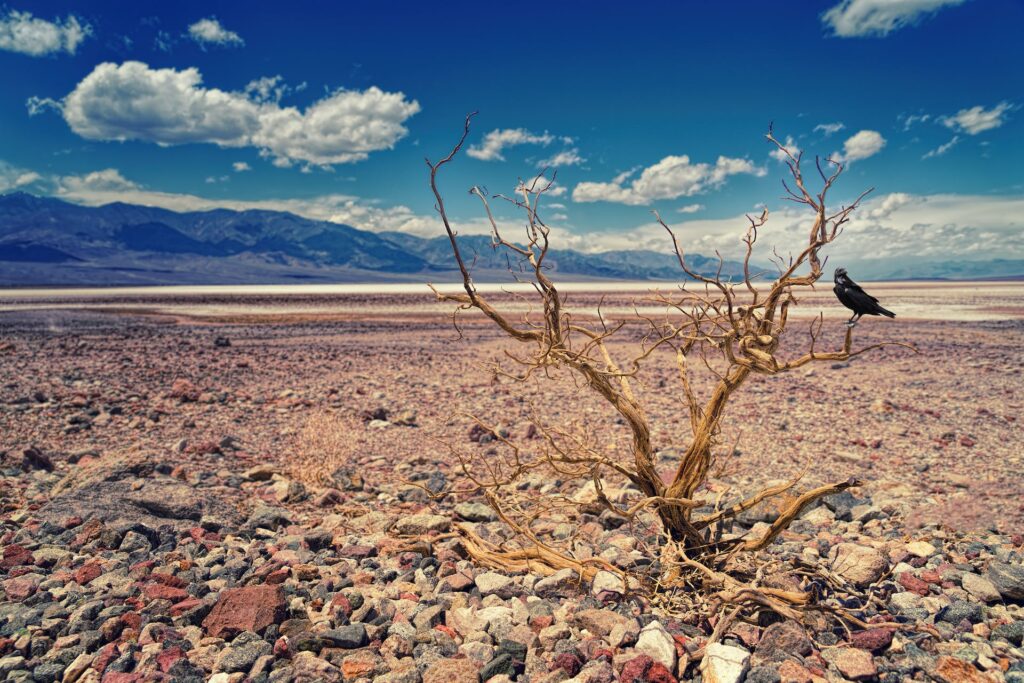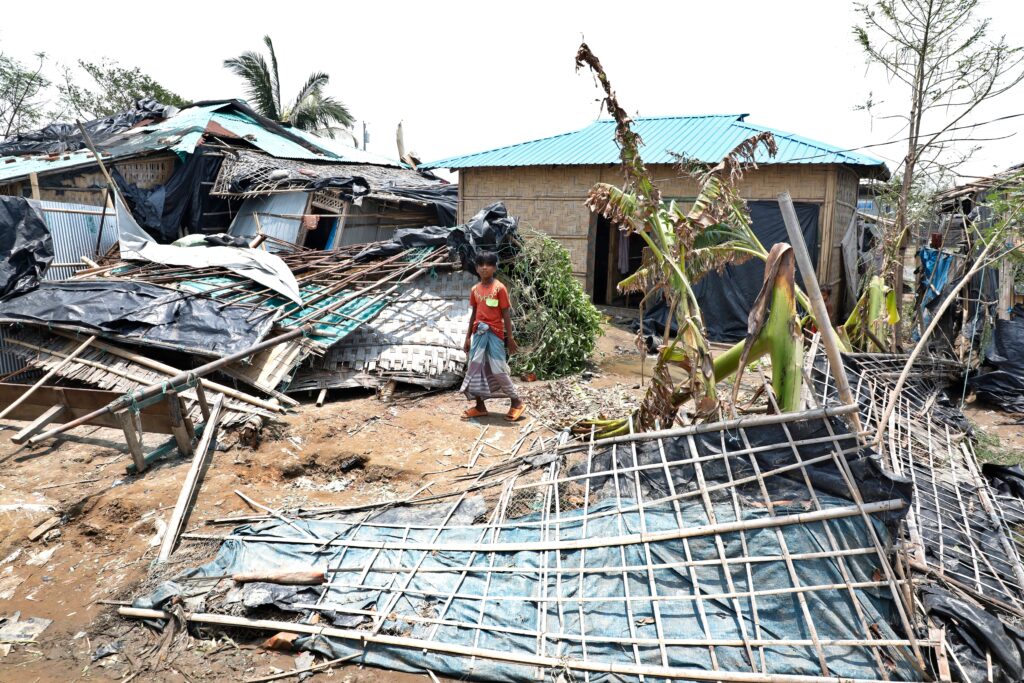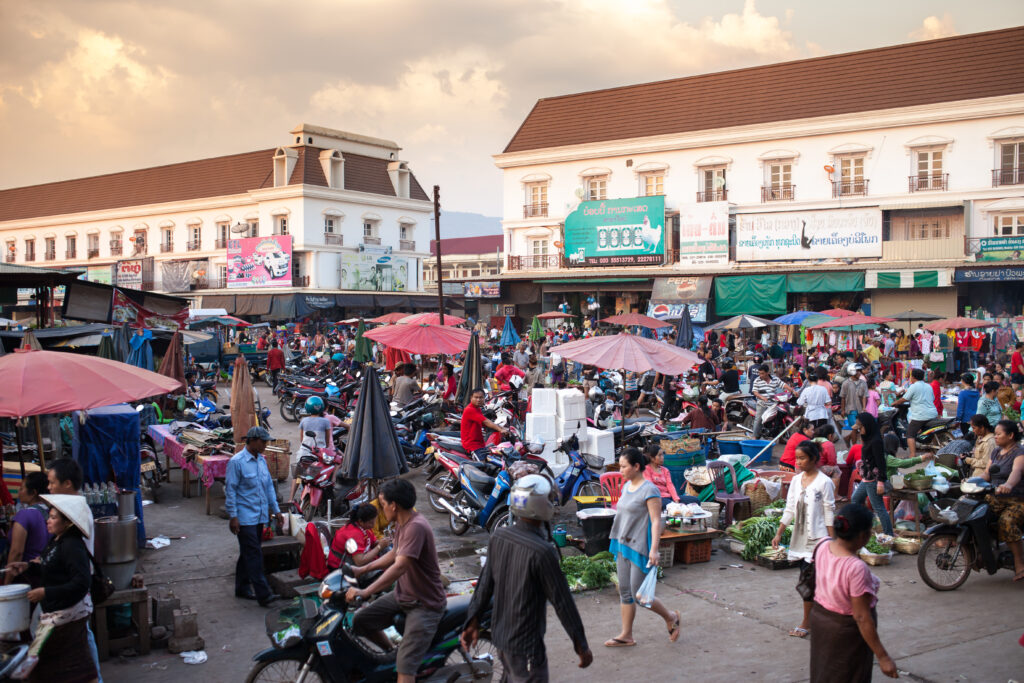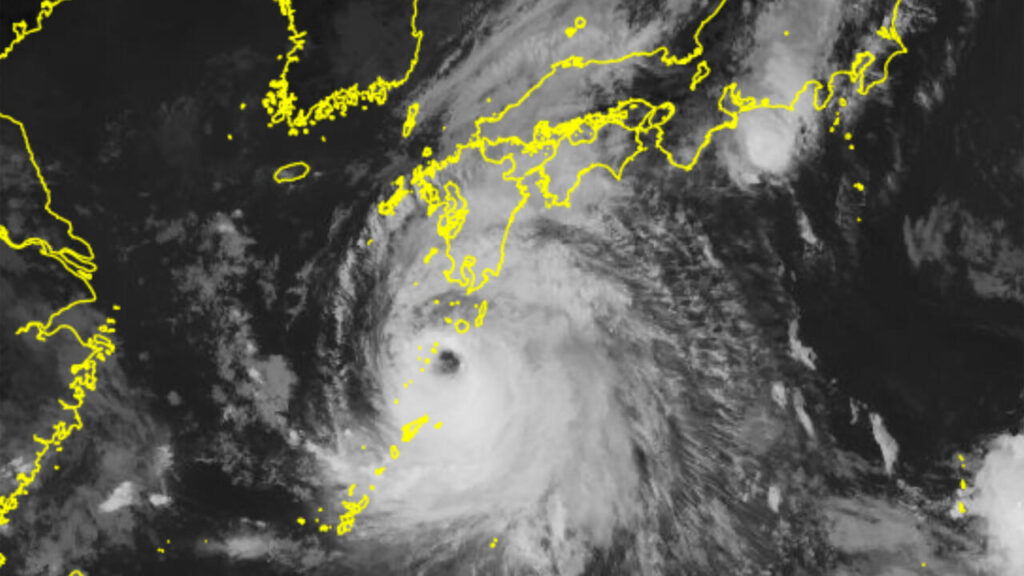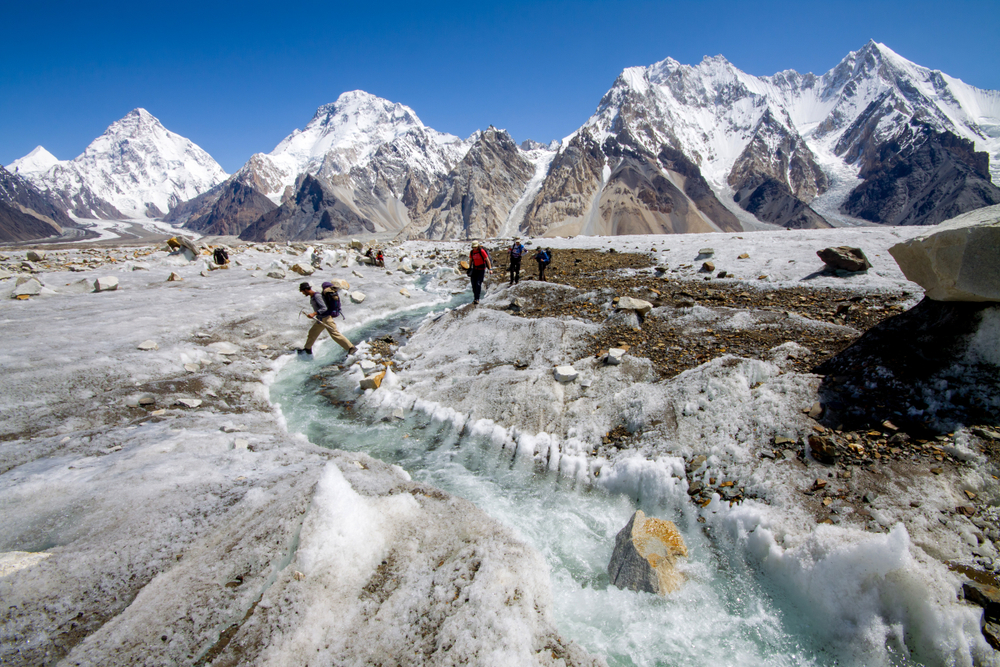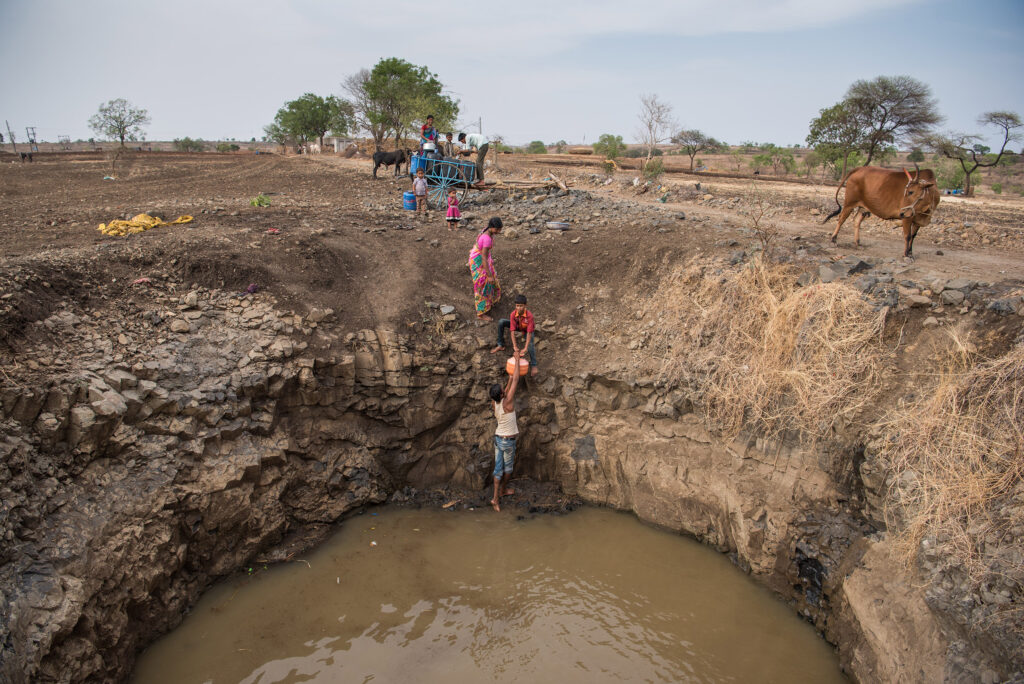US heat waves have become increasingly frequent and intense. In fact, the rate of heat waves in the US has increased threefold since the 1960s. This trend of increasing heat wave frequency is expected to continue. By mid-century, two-thirds of Americans will experience heat waves annually along with hot weather, and areas of the southern US will reach temperatures of over 37oC for two consecutive months every year. The average heat wave season in the US is also getting longer than before.
This poses significant risks to communities across the country and is an alarm bell for decision-makers to connect climate science to climate action. It is crucial to implement major regional adaptation strategies and global changes to combat climate change.
The 2023 Western North America Heat Wave
So far in 2023, Western North America has experienced unusually early heat waves, toppling previous seasonal temperature records in cities nationwide. For example, Seattle set May temperature records four days in a row, Texas saw record temperatures in June and cities across the East Coast experienced record-setting winter months.
These events leave a lasting impact on both urban and semi-urban areas and show how woefully unprepared some regions are to handle them. A 2023 study found that if a multi-day electricity grid blackout coincided with a heat wave, death rates would spike by 700% in Phoenix, Arizona, due to the city’s extreme reliance on air conditioning and the lack of adaptation solutions in place.
What Was the Deadliest Heat Wave in US History?
The deadliest heat wave was in the summer of 1980. Nearly 10,000 people died from the direct and indirect effects of excessive heat. The heat wave was a wake-up call for the United States, and in a 1983 hearing, senators remarked, “No planning for heat waves took place in advance of the summer of 1980.”
Causes of Heat Waves in the United States
Understanding the natural causes of heatwaves and human actions that exacerbate them is the first step in order to adapt to them.
Firstly, high-pressure systems cause heat waves, which are a naturally occuring part of the Earth’s atmospheric system. High-pressure systems can create a “cap”, trapping air near Earth’s surface. This air is unable to circulate and becomes stagnant. Heat builds up as it stays close to the Earth’s surface, creating a heat wave.
Yet, there are also other weather-related phenomenon that can prolong or make heat waves worse. One significant factor are droughts. As the sun’s rays hit the Earth, some of the energy evaporates the moisture in the soil. As the moisture declines, there is less evaporation, and more energy is absorbed by Earth’s surface, increasing the temperature. Other weather-related phenomena, like El Niño and La Niña influence temperatures and precipitation patterns. This can create periods of extended drought, reducing surface moisture and jet streams that trap heat near the Earth’s surface.
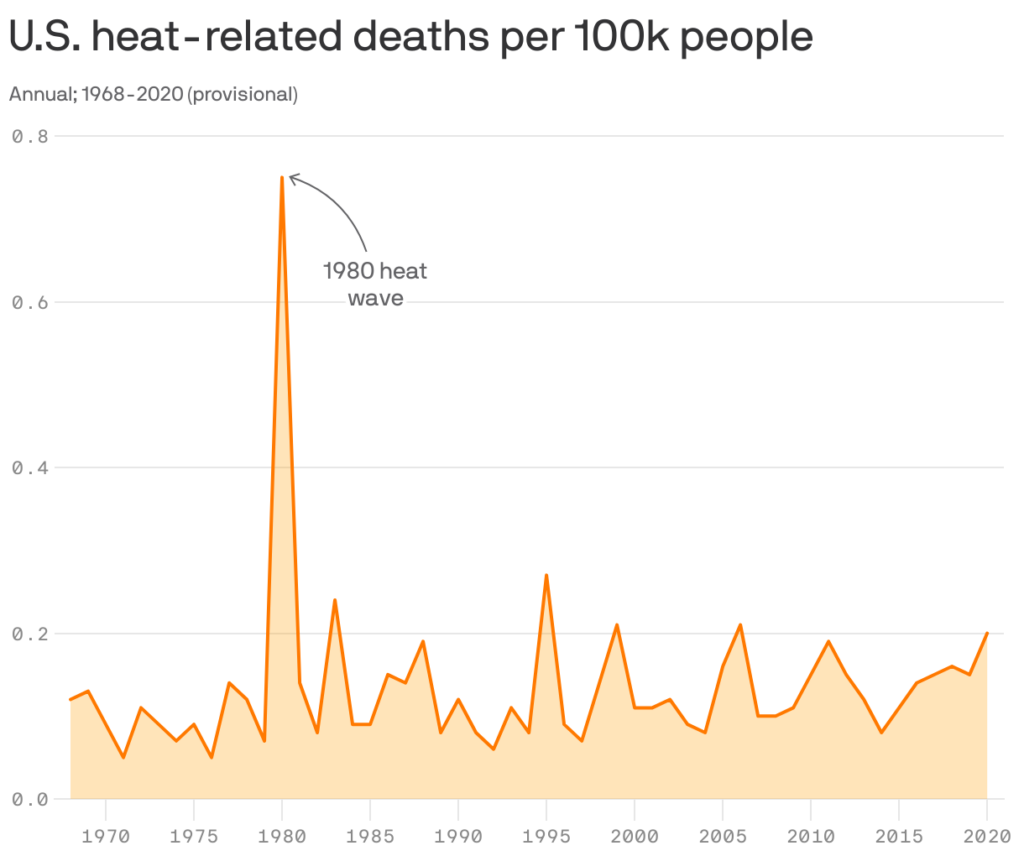
On top of it all is climate change. The warming of the planet due to greenhouse gas emissions increases the world’s average baseline temperature. This alters weather patterns, reduces natural cooling mechanisms and pushes extreme heat events to higher temperatures. Furthermore, it amplifies heat-related feedback loops, like the albedo effect, and drought conditions that perpetuate heat waves.
To make matters worse, urban areas can have significant temperature differences compared to regions not covered in buildings, concrete and asphalt. This is known as the urban heat island effect, where city infrastructure, for example, retains heat and creates localised pockets of higher temperatures adding to the overall impacts caused by weather-related phenomena.
Effects of Heat Waves in the United States
Heat waves pose substantial risks to human health, particularly to vulnerable populations, such as the elderly, children and individuals with pre-existing health conditions. Extreme heat can also create challenges for infrastructure like electricity grids and roads.
Heat-related illnesses, including heat exhaustion, heatstroke, dehydration and respiratory issues, become more prevalent during extreme heat. On average, around 700 people die and 9,000 people are hospitalised every year in the US from heat. Health conditions can be made worse by the potential for load shedding or brownouts where power grids experience overload as the demand for cooling increases.
High temperatures can also cause roads and highways to buckle, impacting transportation networks. As of 2020, several states of the US were projected to spend over USD 1 billion on heat-related infrastructure repairs.
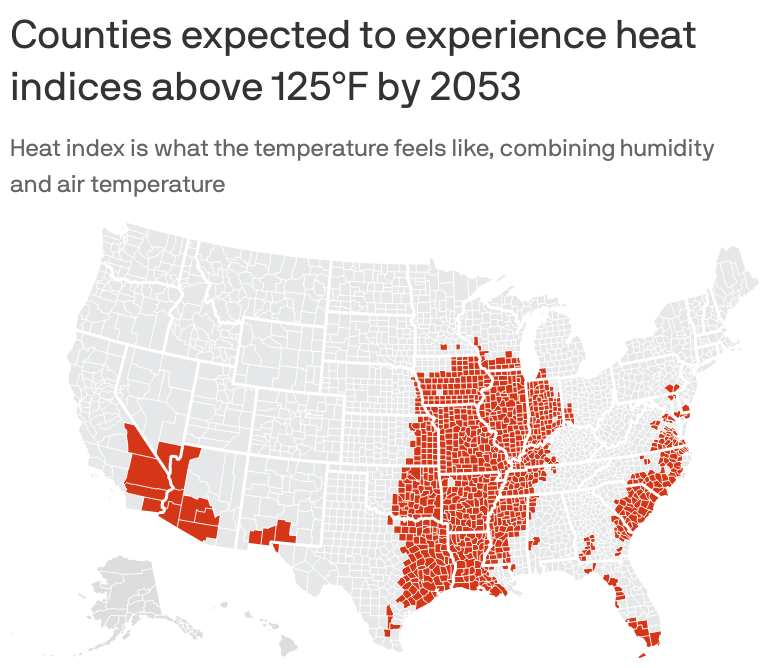
Ecosystems suffer from heat waves and drought conditions too. The increase of risk for wildfires can damage habitats, which can additionally lead to localised extinctions, forest die-offs and changes in animal behaviour. In fact, over 99% of endangered species in the US have characteristics that put them at risk of extreme temperatures.
The impacts on ecosystems extend into agriculture and livestock. High temperatures and drought conditions lead to reduced crop yields, loss of livestock and diminished food security. The impacts on agriculture can ripple through the economy, affecting farmers, food prices and the overall agricultural sector. For example, heat waves and droughts in 2012 led to a 13% lower corn yield than the previous year.
Overall, the impacts of US heat waves lead to a decrease in economic activity and losses on productivity including effects on healthcare. The Atlantic Council estimates that total economic losses from US heat waves can reach USD 100 billion annually.
US Heat Wave Forecast
As we look ahead, it is crucial for public safety and preparedness to remain informed regarding forecasted heat waves. For the rest of 2023, the National Oceanic and Atmospheric Administration (NOAA) expects hotter-than-normal temperatures throughout the summer and predicts 2023 will be among the top 10 warmest years on record.
As the decades progress, climate change will drive heat waves and extreme heat events to occur more often and be more intense. Large portions of the United States will reach extremes of over 50oC annually by 2050, and droughts will last longer. Heat-related adaptation strategies are critical in limiting these changes’ social, environmental and economic impacts.
Eric Koons
Writer, United States
Eric is a passionate environmental advocate that believes renewable energy is a key piece in meeting the world’s growing energy demands. He received an environmental science degree from the University of California and has worked to promote environmentally and socially sustainable practices since. Eric has worked with leading environmental organisations, such as World Resources Institute and Hitachi ABB Power Grids.
Eric is a passionate environmental advocate that believes renewable energy is a key piece in meeting the world’s growing energy demands. He received an environmental science degree from the University of California and has worked to promote environmentally and socially sustainable practices since. Eric has worked with leading environmental organisations, such as World Resources Institute and Hitachi ABB Power Grids.


